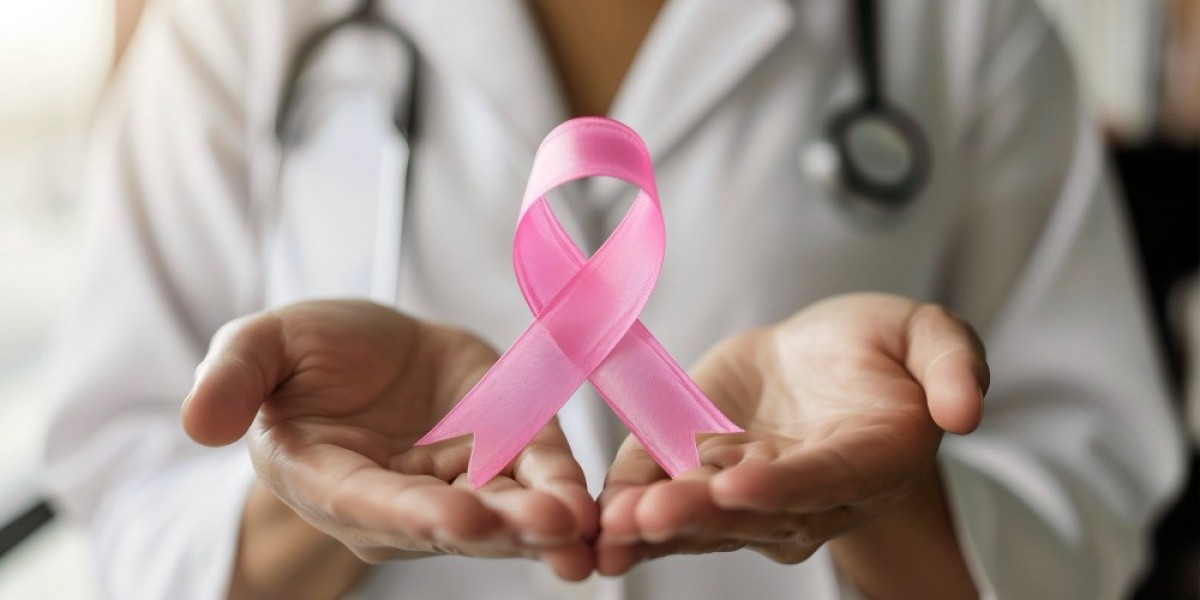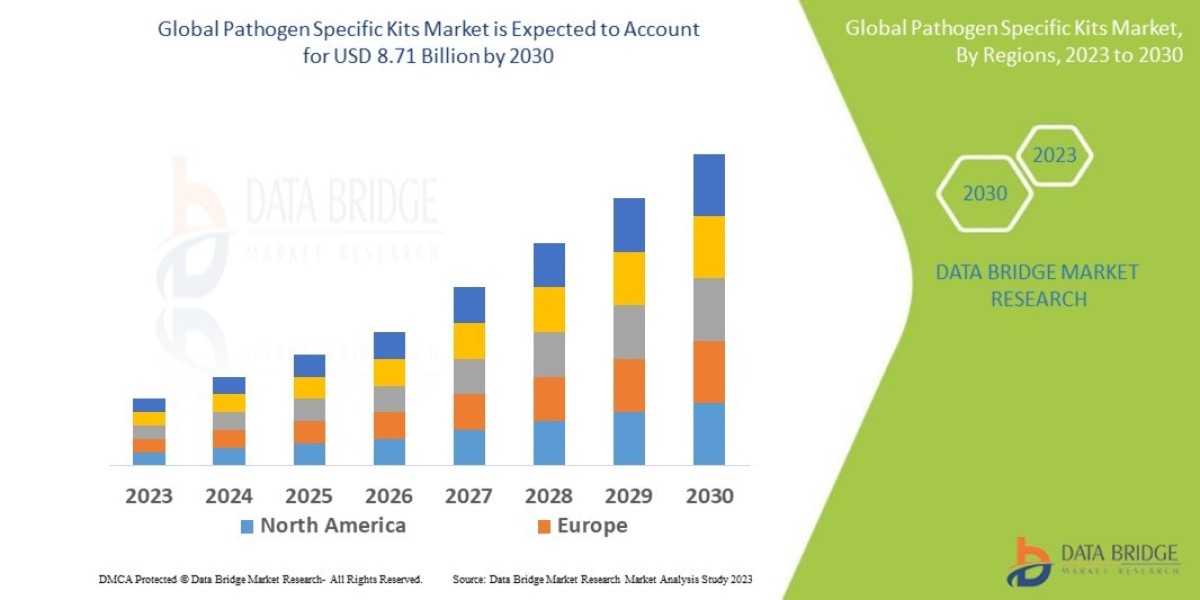Identifying Critical Warning Signs
Awareness of breast cancer symptoms serves as a vital tool in the fight against this disease. Early symptom recognition can significantly impact treatment success and long-term survival rates.
A new lump or mass represents the most commonly recognized symptom, though it's important to understand that not all breast lumps indicate cancer. These masses may feel hard, irregular, or distinctly different from surrounding breast tissue. However, some cancerous lumps can feel soft or round, emphasizing the importance of professional evaluation for any new breast changes.
Visual changes in breast appearance warrant careful attention. Alterations in breast size, shape, or contour, particularly when affecting only one breast, may signal underlying problems. Skin changes including dimpling, puckering, or the characteristic "orange peel" texture can indicate cancer affecting the skin and underlying tissue.
Nipple-related symptoms encompass several concerning changes. Spontaneous nipple discharge, especially if bloody or occurring from one breast only, requires immediate medical assessment. Nipple retraction or inversion, when not previously present, can indicate tumor growth affecting breast structure.
Additional symptoms include persistent breast pain or tenderness, particularly when localized to specific areas, and swelling in the armpit or around the collarbone. These symptoms may indicate lymph node involvement, suggesting cancer spread beyond the original site.
Understanding that early-stage breast cancer may not cause obvious symptoms underscores the critical importance of regular screening mammograms and professional breast examinations, even in the absence of noticeable changes.
Exploring Disease Origins and Triggers
Investigating the causes of breast cancer reveals a complex landscape of interconnected factors that contribute to disease development. While researchers continue studying these mechanisms, several key contributors have been clearly identified.
Genetic factors play crucial roles in cancer development, with inherited mutations significantly increasing disease risk. The BRCA1 and BRCA2 genes, when mutated, substantially elevate breast cancer probability and often lead to earlier disease onset. Additional genetic variants, including mutations in genes like TP53, PTEN, and CHEK2, also contribute to increased cancer susceptibility.
Hormonal influences represent major contributing factors, particularly estrogen exposure patterns throughout women's lives. Extended exposure to estrogen, whether through natural reproductive cycles or external sources like hormone replacement therapy, can promote cellular changes that may progress to cancer.
Environmental and occupational exposures contribute to cancer risk through various pathways. Ionizing radiation from medical imaging procedures, radiation therapy, or environmental sources can damage cellular DNA and increase cancer probability. Chemical exposures, including certain industrial compounds, pesticides, and environmental pollutants, may act as carcinogens or endocrine disruptors.
Lifestyle factors interact with genetic predisposition to influence overall cancer risk. Dietary patterns high in processed foods and saturated fats, excessive alcohol consumption, physical inactivity, and obesity create conditions that may promote cancer development through inflammatory processes and hormonal imbalances.
Age represents a non-modifiable risk factor, with cancer incidence increasing substantially after menopause as cumulative exposures and cellular damage accumulate over time.
Comprehensive Risk Factor Analysis
Understanding risk factors for breast cancer in women involves evaluating multiple variables that influence disease probability. This comprehensive assessment enables healthcare providers to develop tailored screening recommendations and prevention strategies.
Non-modifiable risk factors establish baseline cancer susceptibility levels. Gender remains the primary risk factor, with women being approximately 100 times more likely than men to develop breast cancer. Age progression significantly increases risk, with about 80% of breast cancers occurring in women over age 45.
Family history creates substantial risk elevation, particularly when involving multiple affected relatives or early-onset disease. Women with first-degree relatives diagnosed with breast cancer face approximately double the average risk, while those with multiple affected family members may have even higher risk levels.
Personal medical history influences future cancer probability through several mechanisms. Previous breast cancer diagnosis, certain benign breast conditions like atypical hyperplasia, and prior radiation therapy to the chest area all contribute to increased risk.
Reproductive and hormonal factors encompass numerous important elements. Early menstruation onset, late menopause, delayed childbearing, and nulliparity all result in increased lifetime estrogen exposure. Use of combined hormone replacement therapy and certain oral contraceptives may also influence cancer risk.
Modifiable risk factors offer opportunities for proactive risk reduction. Maintaining healthy body weight, engaging in regular physical exercise, limiting alcohol intake, and avoiding tobacco use can significantly impact cancer susceptibility. Breastfeeding provides protective benefits, with longer durations associated with greater risk reduction.
Dense breast tissue, while not entirely modifiable, represents an important risk factor that affects both cancer probability and detection difficulty through mammographic screening.
Understanding Disease Development Mechanisms
The complexity of breast cancer etiology and risk factors demonstrates how multiple influences converge to determine individual cancer susceptibility. This multifactorial disease development process explains why cancer prediction remains challenging and why comprehensive prevention strategies must address multiple risk domains.
Cellular transformation processes involve multiple steps, from initial DNA damage through progressive genetic alterations that ultimately result in malignant behavior. These changes can result from inherited genetic variants, acquired mutations, or epigenetic modifications that alter gene expression patterns.
Hormonal pathways exert profound influences on breast tissue throughout women's lives. Estrogen and progesterone exposure stimulates cell division and growth, potentially increasing opportunities for genetic errors during DNA replication. Prolonged or intense hormonal exposure may overwhelm natural protective mechanisms.
Inflammatory processes contribute to cancer development through multiple pathways. Chronic inflammation can promote DNA damage, impair cellular repair mechanisms, and create tissue environments that support tumor growth and progression.
Immune system function plays critical roles in cancer prevention and development. Effective immune surveillance can identify and eliminate abnormal cells before they become malignant, while immune system dysfunction may allow cancer cells to escape detection and establish tumors.
Environmental interactions with genetic susceptibility create individualized risk profiles. Women with genetic predispositions may demonstrate heightened sensitivity to environmental carcinogens, while those with protective genetic variants may show resilience against various risk factors.
Developing Effective Prevention and Detection Strategies
Comprehensive breast cancer prevention requires integrating multiple approaches that address modifiable risk factors while implementing appropriate screening protocols based on individual risk assessments. This multifaceted strategy maximizes opportunities for risk reduction and early detection.
Screening mammography remains the most effective tool for early cancer detection, with regular screening reducing breast cancer mortality by approximately 20-40% in women over age 50. Screening recommendations should be individualized based on age, family history, and other risk factors.
Clinical breast examinations performed by healthcare professionals complement mammographic screening by detecting changes that may not be visible on imaging studies. These examinations also provide opportunities for education about breast health and self-awareness practices.
Breast self-awareness involves understanding normal breast tissue characteristics and recognizing changes that warrant medical evaluation. While formal self-examination techniques are no longer universally recommended, maintaining awareness of breast appearance and texture can facilitate early detection of concerning changes.
Lifestyle modifications offer significant opportunities for risk reduction. Regular physical activity, maintaining healthy body weight, limiting alcohol consumption, and following balanced dietary patterns can substantially reduce cancer risk while providing numerous additional health benefits.
For high-risk women, additional interventions may be appropriate. Genetic counseling and testing can inform decisions about enhanced screening, preventive medications, or prophylactic surgical procedures. These personalized approaches can dramatically reduce cancer incidence in susceptible individuals.
Creating comprehensive breast health awareness empowers women to take active roles in their healthcare, make informed decisions about screening and prevention, and collaborate effectively with healthcare providers to optimize their long-term health outcomes.
Latest Reports Offered By DelveInsight:
https://www.delveinsight.com/sample-request/medullary-thyroid-cancer-market
https://www.delveinsight.com/sample-request/medulloblastoma-epidemiology-forecast
https://www.delveinsight.com/sample-request/melanoma-epidemiology-forecast
https://www.delveinsight.com/sample-request/menkes-disease-epidemiology-forecast
https://www.delveinsight.com/sample-request/metabolic-syndrome-epidemiology-forecast
https://www.delveinsight.com/sample-request/metastatic-bone-pain-market-insight
https://www.delveinsight.com/sample-request/metastatic-bone-pain-pipeline-insight
https://www.delveinsight.com/sample-request/metastatic-colorectal-cancer-market-insight
Latest Reports:-
Gouty Arthritis Market | Steroid Refactory Acute Graft-versus-host Disease Market | Wegener S Granulomatosis/granulomatosis With Polyangiitis Market | Granulomatosis With Polyangiitis Market | Graves Disease Market | Hairy Cell Leukemia Market | Head And Neck Squamous Cell Carcinoma Market | Hemophilia A Market | Hemophilia B Market | Hemorrhoids Market | Hemostasis Market | Hepatorenal Syndrome Market | Her2+ Gastric Cancer Market | Hernia Repair Devices Market | Herpes Labialis Market | Higher-risk Chronic Myelomonocytic Leukemia Market | Hip Replacement Devices Market | Homocystinuria Market | Hospital-acquired And Ventilator-associated Bacterial Pneumonia Habp/vabp Market | Hot Flashes Market | House Dust Mite Allergy Market | Human Papillomavirus Positive Cancer Market | Human Papillomavirus-positive Oropharyngeal Cancer Market | Her2-negative Breast Cancer Market | Human Papillomavirus Hpv Market | Huntington’s Disease Market | Hydrocephalus Market | Hypercalcemia Market | Heterozygous Familial Hypercholesterolemia Market | Ventricular Hypertrophy Market | Hypertrophic Cardiomyopathy Market | Hyperuricemia Market | Hypogonadism Market








